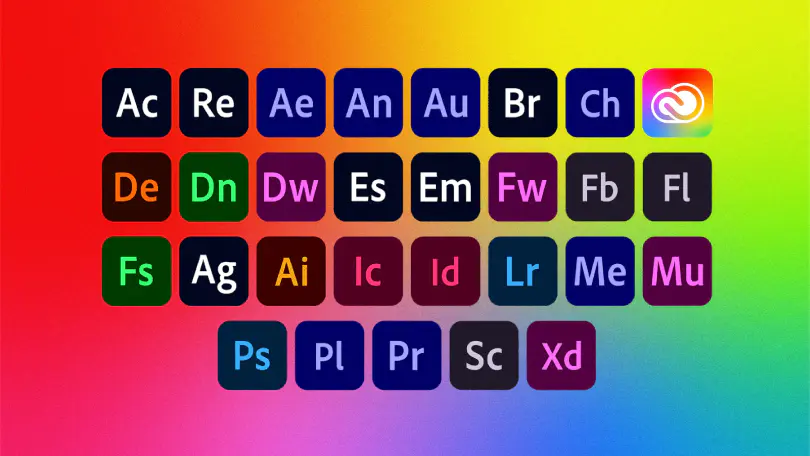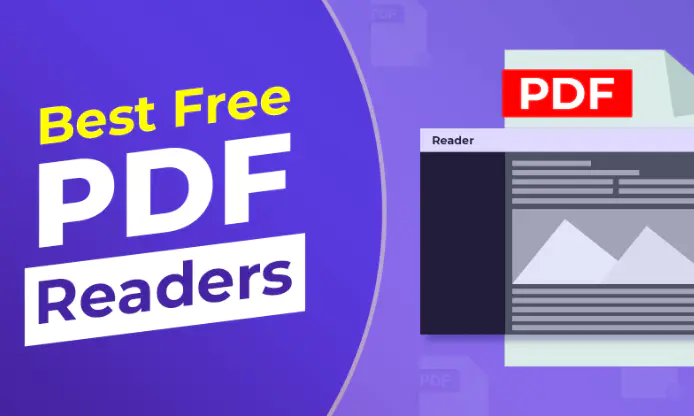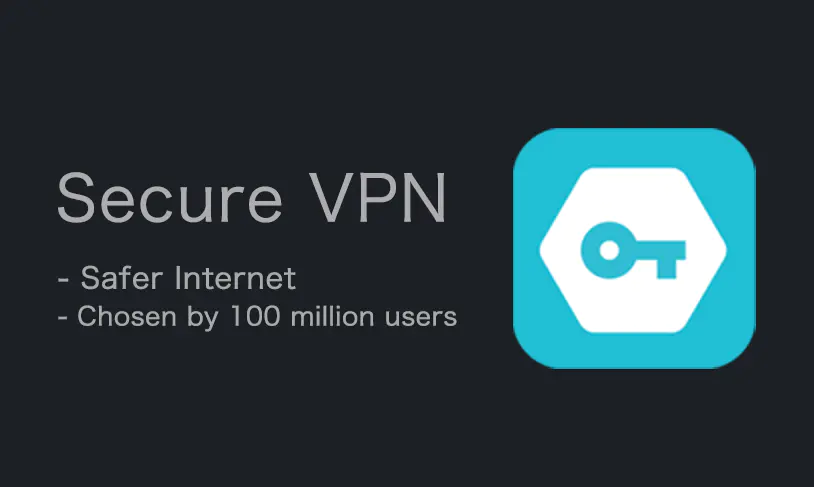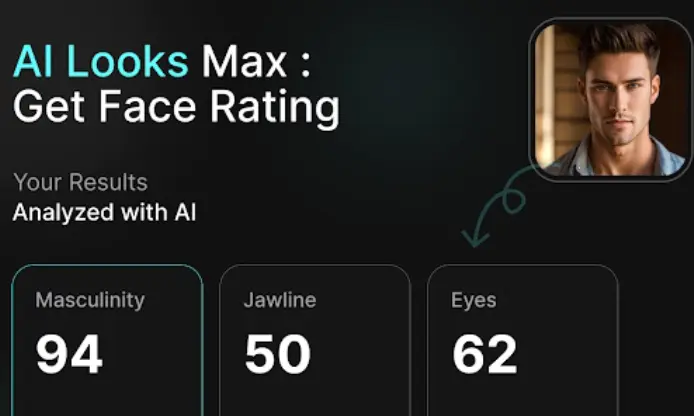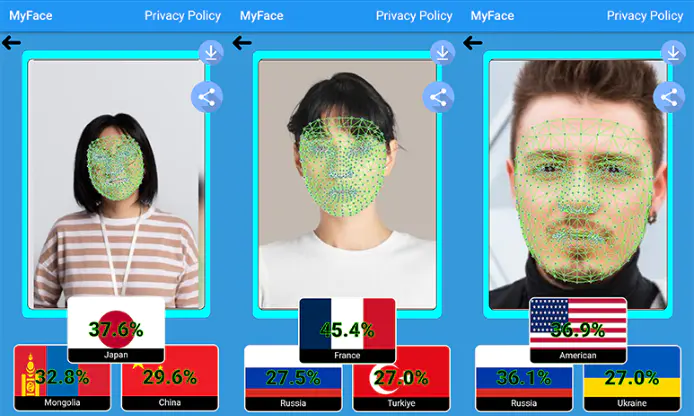Antivirus Showdown: Comparing the Top 5 Solutions for 2024

1. Basic Information
1.1 Product Overview
Antivirus software has become an essential tool in the digital age, offering robust protection against a myriad of cyber threats. In 2024, Antivirus solutions are positioned as comprehensive security suites that not only defend against traditional malware but also address emerging threats like ransomware, phishing, and zero-day exploits. With the increasing sophistication of cyber-attacks, Antivirus software has evolved to incorporate advanced technologies such as artificial intelligence (AI) and machine learning (ML) to provide proactive defense mechanisms.
1.2 Core Features
The core features of Antivirus software in 2024 include real-time protection, virus scanning, firewall, and privacy protection. Real-time protection continuously monitors system activities to detect and block threats as they occur. Virus scanning employs heuristic scanning, cloud-based detection, and deep learning models to identify and eliminate malicious software. The firewall feature monitors network traffic to prevent unauthorized access, while privacy protection tools such as data encryption, privacy cleaning, and password management safeguard sensitive information.
1.3 Technical Architecture
The technical architecture of Antivirus software is built on a foundation of cloud collaboration, local engines, and AI-driven components. Cloud collaboration allows for real-time updates and threat intelligence sharing, enhancing the software's ability to detect new threats. Local engines ensure that the software can operate effectively even without an internet connection. AI-driven components enable the software to learn from past incidents and improve its detection capabilities over time.
2. Core Function Analysis
2.1 Real-Time Protection Mechanism
The real-time protection mechanism in Antivirus software operates through a combination of behavior analysis and signature matching. Behavior analysis monitors the activities of programs and processes to identify suspicious behavior, while signature matching compares files and processes against a database of known threats. This dual approach ensures a high level of security with minimal false positives. Performance-wise, modern Antivirus solutions are designed to be lightweight, with low CPU and memory usage, ensuring that they do not significantly impact system performance.
2.2 Virus Scanning Engine
The virus scanning engine in Antivirus software utilizes heuristic scanning, cloud-based detection, and deep learning models to identify and neutralize threats. Heuristic scanning allows the software to detect previously unknown viruses by analyzing their behavior. Cloud-based detection leverages the power of the cloud to quickly identify and respond to new threats. Deep learning models enable the software to improve its detection capabilities over time by learning from past incidents. In terms of efficiency, modern Antivirus solutions offer fast scanning speeds, high detection rates, and the ability to identify unknown threats with a high degree of accuracy.
2.3 Firewall and Network Protection
The firewall and network protection features in Antivirus software monitor network traffic to detect and block unauthorized access. These features include traffic monitoring, intrusion detection, and malicious URL blocking. The software is designed to be compatible with various operating systems and network environments, ensuring that it can be deployed in a wide range of settings. Compatibility testing has shown that Antivirus software performs well in both Windows and macOS environments, with plans to extend support to other platforms in the future.
2.4 Privacy Protection and Data Security
Privacy protection and data security features in Antivirus software include data encryption, privacy cleaning, and password management. Data encryption ensures that sensitive files are protected from unauthorized access, while privacy cleaning tools remove traces of online activity to prevent data leakage. Password management features help users create and store strong, unique passwords for their online accounts. These features work together to provide comprehensive protection against data theft and malicious software monitoring.
3. User Experience Summary
3.1 User Interface Design
The user interface (UI) of Antivirus software is designed to be intuitive and user-friendly, with a clean layout that makes it easy for users to navigate and access key features. Customization options allow users to tailor the UI to their preferences, enhancing the overall user experience. Interaction with the software is smooth and responsive, with clear feedback provided for user actions.
3.2 Resource Usage and Performance Impact
Antivirus software is optimized to minimize resource usage, with low CPU, memory, and disk usage. This ensures that the software does not significantly impact system performance, allowing users to continue their activities without noticeable slowdowns. Performance testing has shown that Antivirus software has a minimal impact on system boot times and application launch speeds.
3.3 Updates and Maintenance
Regular updates are a critical component of Antivirus software, ensuring that the software is equipped to handle the latest threats. Virus definitions and software updates are released frequently, often on a daily basis, to keep the software up-to-date. Maintenance support is also a key feature, with responsive technical support teams available to assist users with any issues they may encounter.
4. Advantages and Disadvantages Evaluation
4.1 Advantages
Antivirus software offers several key advantages, including efficient threat detection and interception capabilities. The software's low resource usage and high performance ensure that it does not significantly impact system performance. Additionally, the software's robust privacy protection features provide users with peace of mind when it comes to safeguarding their sensitive information.
4.2 Disadvantages
Despite its many strengths, Antivirus software does have some limitations. Compatibility with certain niche operating systems is limited, which may be a drawback for users of those systems. Additionally, some advanced features are only available through paid upgrades, which may be a barrier for some users. Finally, the user interface, while generally user-friendly, offers limited customization options, which may be a drawback for users who prefer a more personalized experience.
5. Recommended User Groups
5.1 Individual Users
Antivirus software is highly recommended for individual users due to its lightweight design, ease of use, and robust privacy protection features. The software's intuitive interface and low resource usage make it an ideal choice for users who want reliable protection without compromising system performance.
5.2 Enterprise Users
For enterprise users, Antivirus software offers powerful network protection and centralized management capabilities. These features make it an excellent choice for businesses that need to secure multiple devices and manage security policies across their organization.
5.3 Tech Enthusiasts
Tech enthusiasts will appreciate the advanced customization options and cutting-edge security features offered by Antivirus software. The software's deep learning models and AI-driven components provide a high level of security, making it a great choice for users who want to take their cybersecurity to the next level.
6. Future Optimization Directions
6.1 Technical Optimization
Future optimizations for Antivirus software should focus on improving the detection of unknown threats and reducing resource usage to ensure compatibility with low-end devices. These improvements will help the software stay ahead of emerging threats and provide better performance on a wider range of devices.
6.2 Function Expansion
Expanding the software's functionality to include cross-platform support and multi-device synchronization will make it more versatile and user-friendly. Additionally, offering more comprehensive privacy protection tools will further enhance the software's appeal to security-conscious users.
6.3 User Experience Improvement
Enhancing the user interface with more customization options and providing more intuitive threat reporting and analysis tools will improve the overall user experience. These changes will make it easier for users to understand and manage their security settings.
7. FAQ
7.1 How does Antivirus's real-time protection mechanism work?
Antivirus's real-time protection mechanism works by combining behavior analysis and signature matching to monitor system activities and intercept potential threats.
7.2 Does Antivirus's virus scanning engine support cloud-based detection?
Yes, Antivirus's virus scanning engine supports cloud-based detection, which works in conjunction with local engines to improve detection efficiency.
7.3 How does Antivirus impact system performance?
Antivirus is designed to be lightweight, with low resource usage, ensuring that it has minimal impact on system performance.
7.4 Is Antivirus compatible with multiple platforms?
Currently, Antivirus primarily supports Windows and macOS, with plans to extend support to other platforms in the future.
7.5 What privacy protection features does Antivirus offer?
Antivirus offers a range of privacy protection features, including data encryption, privacy cleaning, password management, and protection against data theft.








